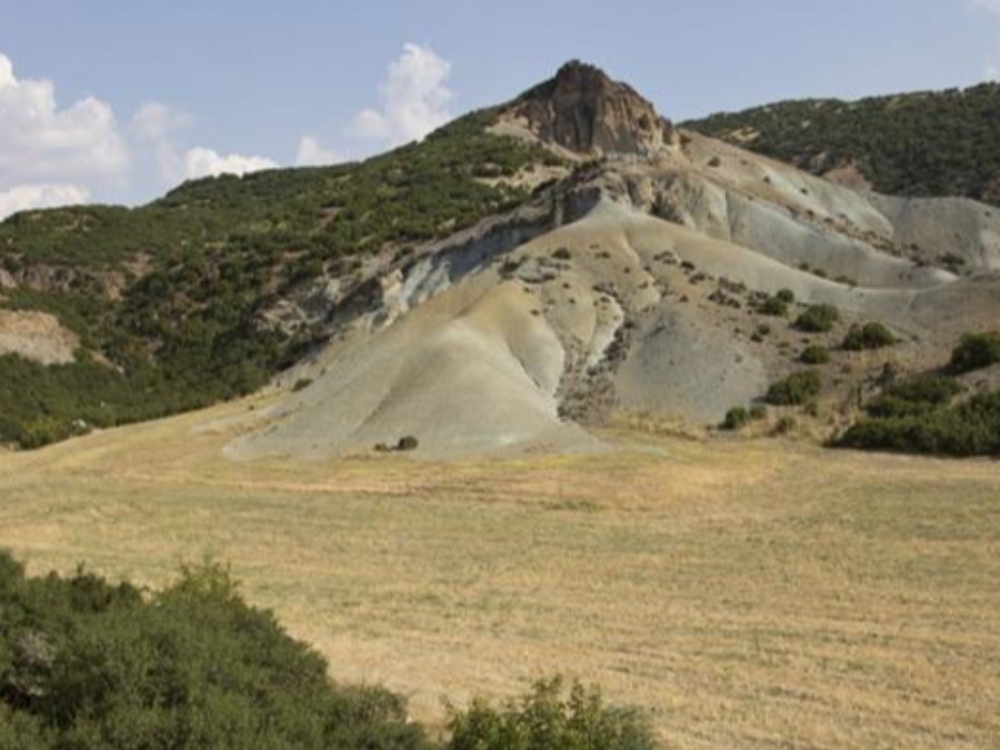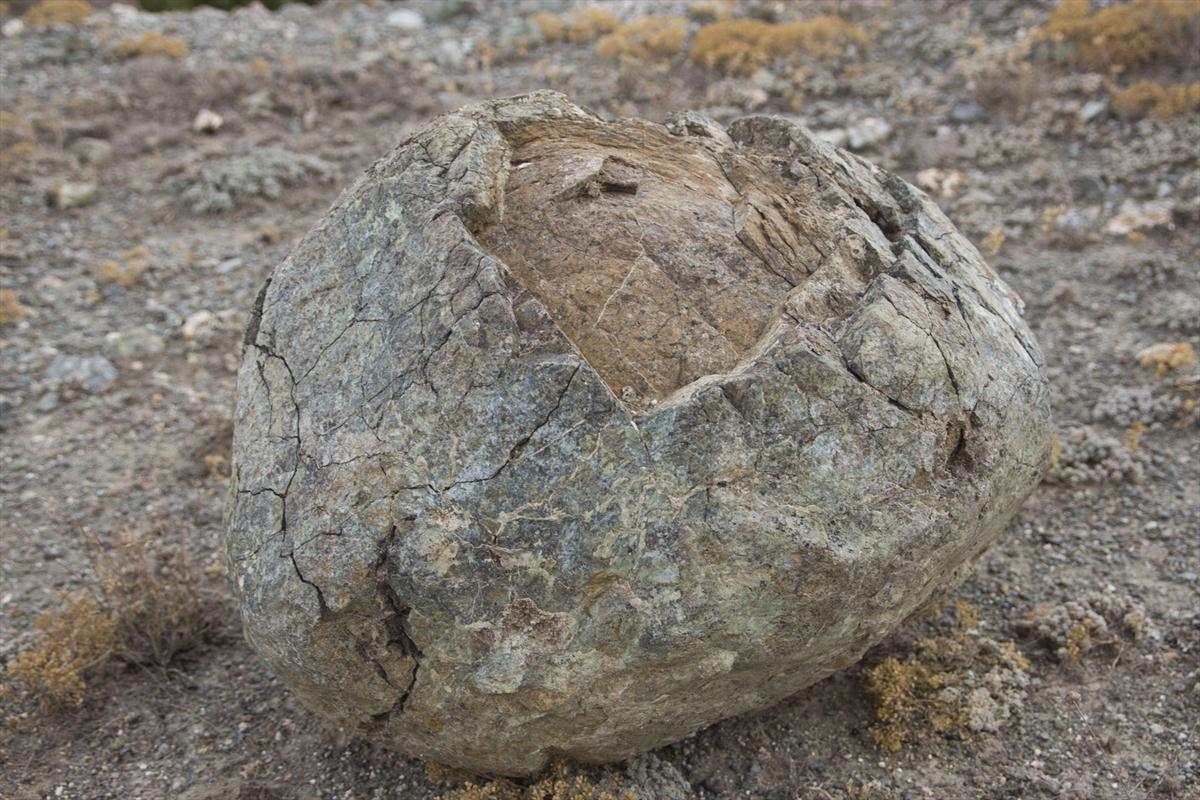Acısu Ophiolites

An ophiolite is a section of the Earth's oceanic crust and the underlying upper mantle that has been uplifted and exposed above sea level and often emplaced onto continental crustal rocks. Their significance relates to their occurrence within mountain belts such as the Alps and the Himalayas, where they document the existence of former ocean basins that have now been consumed by subduction.
During the Early Mesozoic when the continents of Gondwana and Laurasia separated and moved in opposite directions, an ocean “called Tethys” emerged as a result in the gap formed. During this time period ultra-mafic basaltic lavas flowed on the ocean floor as a result of submarine volcanism. With the solidification of these lavas, rocks such as peridodite, horblendite and pyroxenite were formed. These rocks are generally termed ophiolits. The lavas forming the ophiolitic rocks are hydrated when associated with water during the course of volcanism and become green. These hydrated rocks are generally termed serpentine (snake stone). These green rocks are found in the southwestern part of the Aegean Region (Datça Peninsula), in the nucleus of the Taurus Mountains, in most part of Eastern Anatolia and along the Izmir-Ankara-Erzincan Suture Zone. The Acısı ophiolites, which represent remnants of the northern branch of the Tethyan ocean developed, in the geopark area are a segment of the İzmir-Ankara-Erzincan Suture Zone (İAESZ), which took place between the Pontides and the Anatolide-Tauride Platforms during the Triassic−Jurassic−Cretaceous periods from 251.9 to 66 million years ago. This segment of the Tethyan Ocean was closed completely during Eocene.
During the Early Mesozoic when the continents of Gondwana and Laurasia separated and moved in opposite directions, an ocean “called Tethys” emerged as a result in the gap formed. During this time period ultra-mafic basaltic lavas flowed on the ocean floor as a result of submarine volcanism. With the solidification of these lavas, rocks such as peridodite, horblendite and pyroxenite were formed. These rocks are generally termed ophiolits. The lavas forming the ophiolitic rocks are hydrated when associated with water during the course of volcanism and become green. These hydrated rocks are generally termed serpentine (snake stone). These green rocks are found in the southwestern part of the Aegean Region (Datça Peninsula), in the nucleus of the Taurus Mountains, in most part of Eastern Anatolia and along the Izmir-Ankara-Erzincan Suture Zone. The Acısı ophiolites, which represent remnants of the northern branch of the Tethyan ocean developed, in the geopark area are a segment of the İzmir-Ankara-Erzincan Suture Zone (İAESZ), which took place between the Pontides and the Anatolide-Tauride Platforms during the Triassic−Jurassic−Cretaceous periods from 251.9 to 66 million years ago. This segment of the Tethyan Ocean was closed completely during Eocene.








